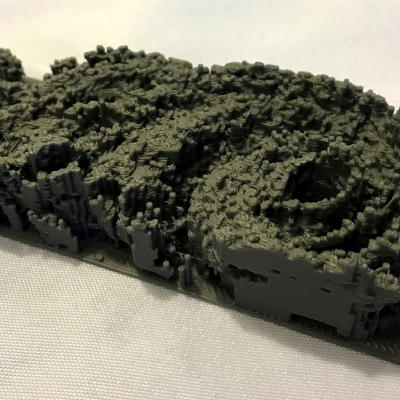Is it possible to subset GPM data?
There are several sources for downloading and viewing data which allow you to subset the data to only include specific parameters and/or geographic locations. These include the GES DISC, Giovanni and STORM. In Giovanni you can obtain data for a specific country, U.S. state, or watershed by using the "Show Shapes" option in the "Select Region" pane.




